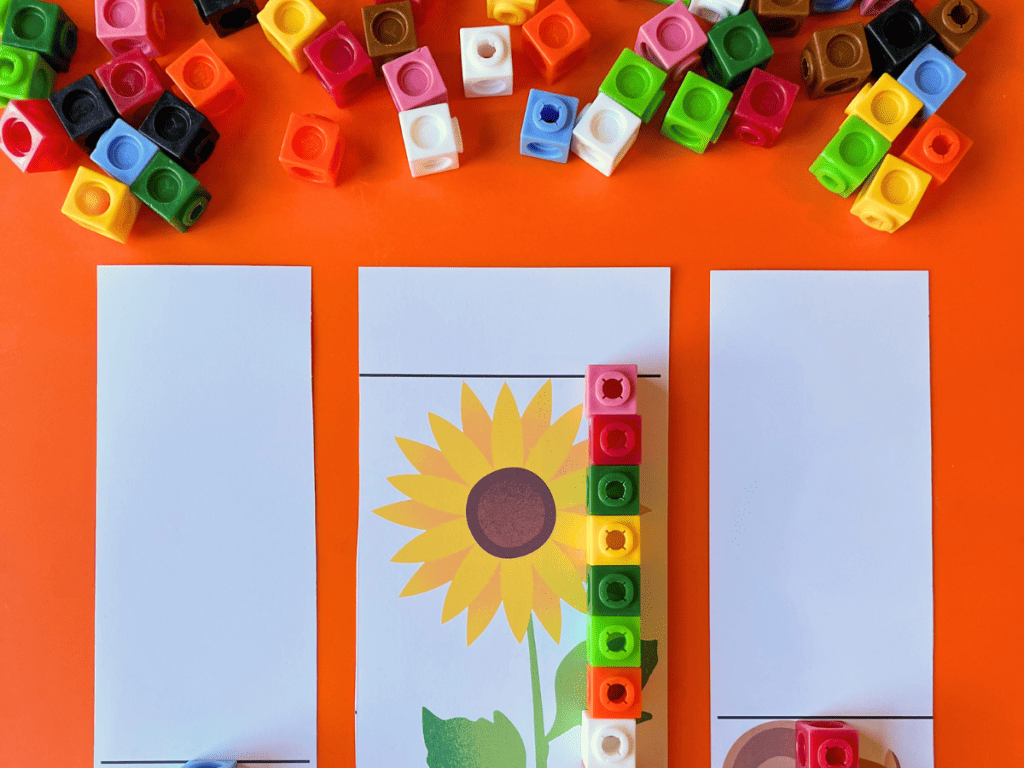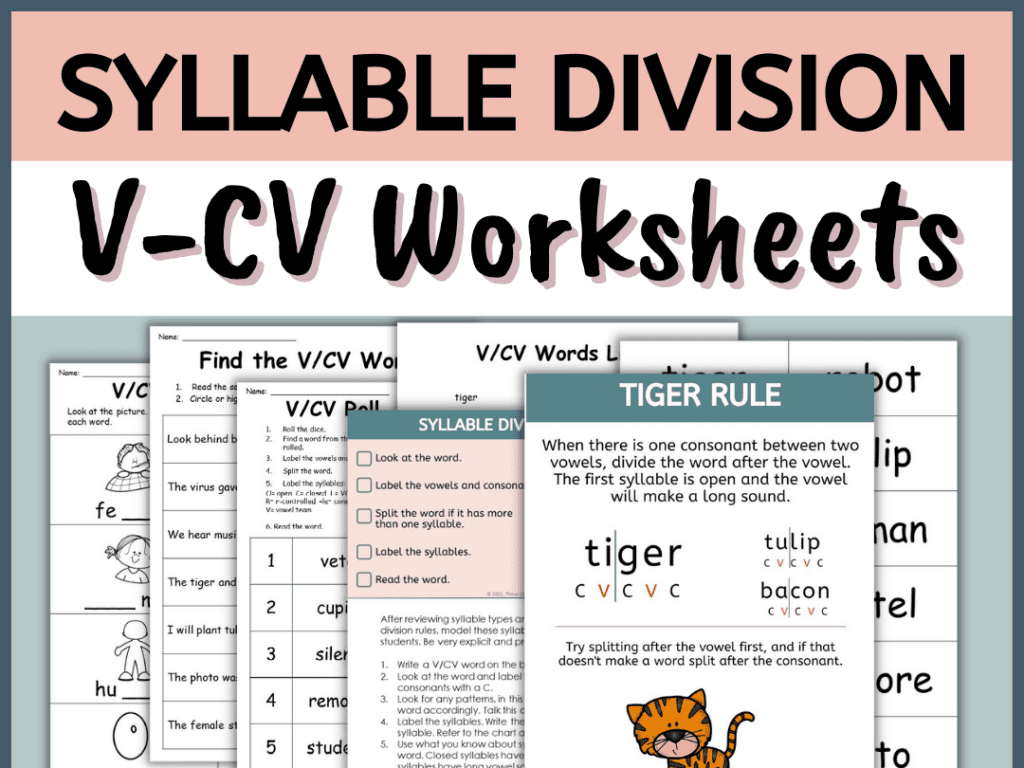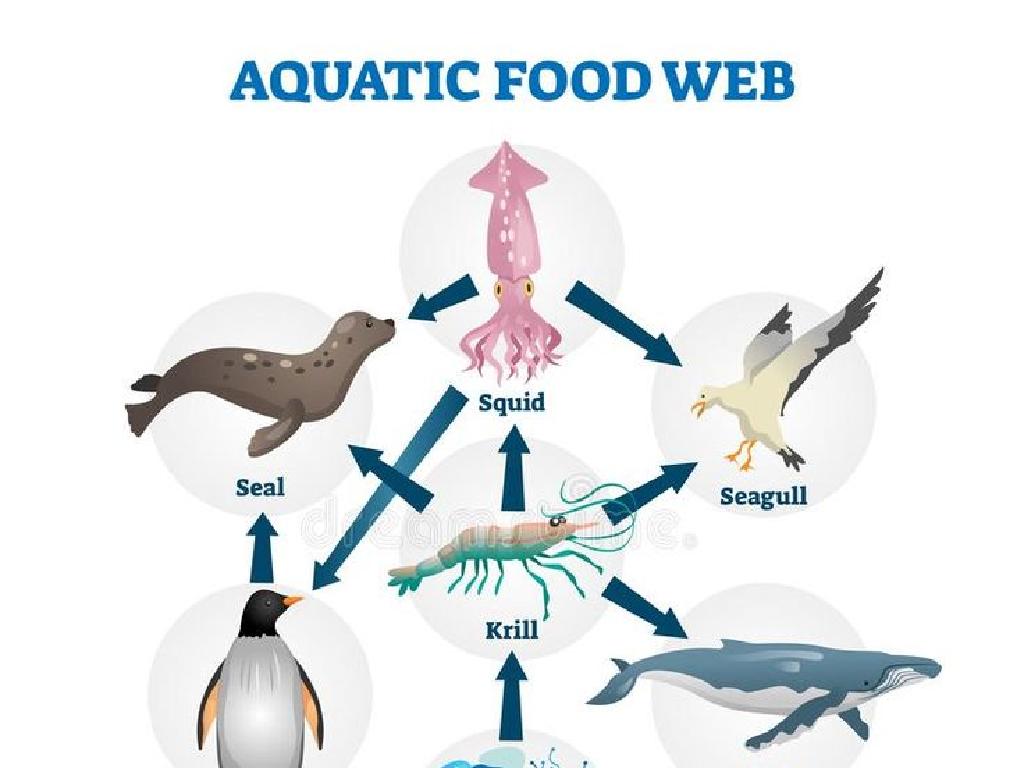The Golden Gate Bridge
Subject: Social studies
Grade: Second grade
Topic: American Symbols, Landmarks, And Monuments
Please LOG IN to download the presentation. Access is available to registered users only.
View More Content
Exploring American Symbols: The Golden Gate Bridge
– What are symbols?
– Symbols represent ideas or qualities
– Symbols like the Flag & Bald Eagle
– The Flag stands for freedom, Bald Eagle for strength
– Today’s star: The Golden Gate Bridge!
– A famous bridge in San Francisco, California
– Why symbols matter to us
|
Begin the lesson by discussing the concept of symbols and their significance in representing important ideas, beliefs, and history. Use familiar examples such as the American Flag, which symbolizes freedom and national pride, and the Bald Eagle, representing strength and courage. Introduce the Golden Gate Bridge as today’s focus, explaining that it’s not just a bridge but a symbol of American ingenuity and progress. Emphasize the importance of symbols in creating a shared identity and sense of community. Encourage the students to think of other symbols they know and what those symbols mean to them.
Discovering The Golden Gate Bridge
– Location of the Golden Gate Bridge
– It spans the Golden Gate strait in San Francisco, California.
– Why is it ‘Golden’?
– Named for the Golden Gate strait, not for its color!
– An iconic American landmark
– Recognized worldwide, represents the U.S.
– Symbol of engineering achievement
– A marvel of modern engineering, inspiring many.
|
This slide introduces the Golden Gate Bridge, a significant American symbol and a feat of engineering. Located in San Francisco, California, it spans the strait known as the Golden Gate, connecting San Francisco Bay with the Pacific Ocean. Despite its name, the bridge is not golden in color; it’s actually ‘International Orange.’ The name ‘Golden’ comes from the Golden Gate strait, which is the entrance to the San Francisco Bay from the Pacific Ocean. The bridge is an iconic landmark in the United States, symbolizing innovation, progress, and the American spirit. It’s important for students to recognize the bridge as a piece of national heritage and to understand its significance in American history and culture. Encourage the children to think about other landmarks they know and how they might represent the country.
History of The Golden Gate Bridge
– Built in the 1930s
– Designed by Joseph Strauss
– United communities in America
– Made travel easier between San Francisco and Marin County
– Symbol of engineering success
– Shows how people can overcome big challenges
|
The Golden Gate Bridge, an iconic American landmark, was constructed in the 1930s and opened to the public in 1937. It was designed by engineer Joseph Strauss, who overcame many challenges to build this massive structure. The bridge had a significant impact on America by connecting San Francisco to Marin County, which made traveling between these two areas much easier and helped to unite communities. It stands as a testament to human ingenuity and a symbol of engineering success. In class, discuss how the bridge made life easier for people and ask students to think of other structures that help us in our daily lives.
The Golden Gate Bridge Structure
– Towers hold the bridge up
– The two tall towers you can see from far away
– Cables support the roadway
– Thick cables like giant strings attached to the towers
– Roadway for cars and bikes
– The flat part where vehicles drive over
– Made with strong steel
– Steel is a metal that doesn t break easily
|
This slide introduces the basic structure of the Golden Gate Bridge, an iconic American landmark. Focus on the main parts: the towers, cables, and roadway. Explain that the towers are like strong legs that hold the bridge up. The cables are compared to giant strings that help support the bridge, and the roadway is the part that cars and bikes use to cross over. Emphasize the use of steel in construction, which makes the bridge both strong and flexible enough to stay up. Use simple language and relatable comparisons to help second graders understand these concepts. You can bring a small steel object to class to demonstrate the material’s strength.
The Golden Gate Bridge in Culture
– Bridge in movies
– ‘X-Men’, ‘Superman’, ‘Inside Out’ show the bridge
– Art inspired by the bridge
– Paintings and photos capture its beauty
– Symbol of California
– Represents innovation and progress
– Emblem of the USA
– A national treasure recognized worldwide
|
This slide aims to show the cultural significance of the Golden Gate Bridge. It’s not just a structure but a source of inspiration and a symbol of human achievement. In movies, it often appears in exciting scenes, which can be a fun way for kids to recognize it. Artworks, including paintings and photographs, reflect its beauty and influence. The bridge symbolizes California’s history of innovation and the American spirit of progress. It’s an iconic image representing the United States in media around the world. Encourage students to think of other symbols that represent their state or the country and how these landmarks make them feel proud of their heritage.
Fun Facts About The Golden Gate Bridge
– The bridge isn’t gold colored
– It’s an orange-red color called International Orange
– Daily car crossings
– About 112,000 cars cross the bridge each day
– Special events on the bridge
– It hosts marathons and special celebrations
|
This slide is designed to engage second-grade students with interesting trivia about the Golden Gate Bridge. Start by clarifying the common misconception about its color and explain why it’s actually orange-red, which is highly visible through the fog for safety. Discuss the massive number of cars that cross the bridge daily, helping students visualize the bridge’s size and importance in transportation. Highlight the bridge’s role in community events, such as marathons and anniversaries, to show its significance beyond just being a structure. Encourage students to think of questions they have about the bridge and what special events they might like to see there.
Class Activity: Building Our Own Bridge
– Create bridge models with craft sticks
– Discuss what makes a bridge strong
– Consider the shape, materials, and design
– Teamwork to build sturdy bridges
– Reflect on our bridge-building experience
– Share what we learned and felt during the activity
|
This activity is designed to engage students with hands-on learning about engineering and teamwork. Provide each group with an equal amount of craft sticks and clay to ensure fairness. Encourage them to think about the design and structure of the Golden Gate Bridge and how they can apply those principles to their own models. Emphasize the importance of trying different ideas and working together to solve problems. After the activity, facilitate a discussion where students can talk about what strategies worked, what didn’t, and how they felt during the process. This will help them understand the concepts of construction and cooperation better.






